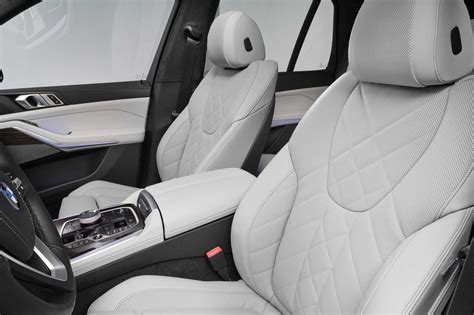
## Sensafin vs. Leather: A Comprehensive Comparison For decades, leather has been the benchmark for luxury and comfort in automotive interiors. However, with the growing awareness of animal welfare and environmental concerns, automakers are increasingly turning to synthetic alternatives like Sensafin. This article delves into the intricacies of Sensafin and leather, comparing their properties, performance, and sustainability. ### Material Origin: Natural vs. Synthetic Leather is a natural material derived from animal hides, primarily from cows, but also from other animals like sheep, goats, and pigs. The process of obtaining leather involves several stages, including tanning, curing, and finishing. Sensafin, on the other hand, is a synthetic material engineered to mimic the look, feel, and properties of leather. It is typically made from a blend of polyurethane and other polymers, along with additives to enhance its durability and texture. ### Appearance and Texture: Achieving a Leather-Like Aesthetic Sensafin has been meticulously crafted to closely resemble genuine leather. It boasts a supple, smooth texture that is remarkably similar to natural leather. The material is available in a range of colors and patterns, allowing for customization to match the vehicle's interior design. However, keen-eyed individuals may notice subtle differences in the grain and texture, as Sensafin lacks the unique imperfections and markings inherent in natural leather. ### Durability and Longevity: Ensuring Lasting Performance Both leather and Sensafin are renowned for their durability and longevity. Leather is known for its inherent strength and resistance to wear and tear. It can withstand regular use and exposure to various elements, making it a popular choice for high-traffic areas like seats and steering wheels. Sensafin, being a synthetic material, offers comparable durability. It is engineered to endure the rigors of daily use and is resistant to cracking, fading, and discoloration. Additionally, Sensafin is less prone to moisture damage, making it suitable for use in areas prone to spills or humidity. ### Comfort and Haptic Experience: Enhancing the Sensory Appeal Leather has long been prized for its tactile qualities. Its natural breathability and ability to adapt to body temperature provide a comfortable seating experience, especially during extended journeys. Sensafin, while not identical to leather in this regard, offers a commendable level of comfort. It is designed to emulate the supple feel of leather, providing a pleasant haptic experience. However, some individuals may find genuine leather to be slightly more breathable and conforming to their body shape. ### Environmental Impact: Considerations for a Sustainable Future As concerns about the environmental impact of animal-based products grow, Sensafin presents a compelling alternative. The production of leather requires significant resources, including land, water, and energy. Furthermore, the tanning process often involves the use of harsh chemicals that can harm the environment. Sensafin, being a synthetic material, has a lower environmental footprint. It is produced using fewer resources and without the need for animal hides. Additionally, Sensafin is easier to recycle and dispose of, contributing to a more circular and sustainable economy. ### Cost Comparison: Striking a Balance Between Price and Value The cost of Sensafin and leather can vary depending on factors such as the quality, grade, and specific vehicle model. Generally, leather is considered a premium material and commands a higher price compared to Sensafin. However, the price gap between the two materials has narrowed in recent years due to advancements in manufacturing technologies and the growing popularity of Sensafin as a sustainable and ethical alternative. ### Maintenance and Care: Ensuring Long-Lasting Aesthetics Both leather and Sensafin require proper care and maintenance to preserve their appearance and longevity. Leather needs to be cleaned and conditioned regularly to maintain its suppleness and prevent cracking. Sensafin, being a synthetic material, is relatively easy to clean and maintain. It can be wiped down with a damp cloth and mild detergent, making it a low-maintenance option for busy individuals. ### Ethical Considerations: Addressing Animal Welfare Concerns The use of animal-derived materials, including leather, has been a subject of ethical debate. Concerns about the treatment of animals in the leather industry, as well as the environmental impact of livestock farming, have led many consumers to seek alternatives. Sensafin, being a synthetic material, eliminates these ethical concerns, offering a humane and sustainable choice for those who prioritize animal welfare. ### Conclusion: Navigating the Choice Between Sensafin and Leather The decision between Sensafin and leather ultimately depends on individual preferences, values, and priorities. Leather remains a classic choice for those seeking a luxurious, natural material with a distinctive character. However, Sensafin presents a compelling alternative, offering a similar aesthetic, comparable durability, and a lower environmental impact. With its growing popularity and advancements in manufacturing technologies, Sensafin is poised to become a formidable contender in the automotive upholstery market.